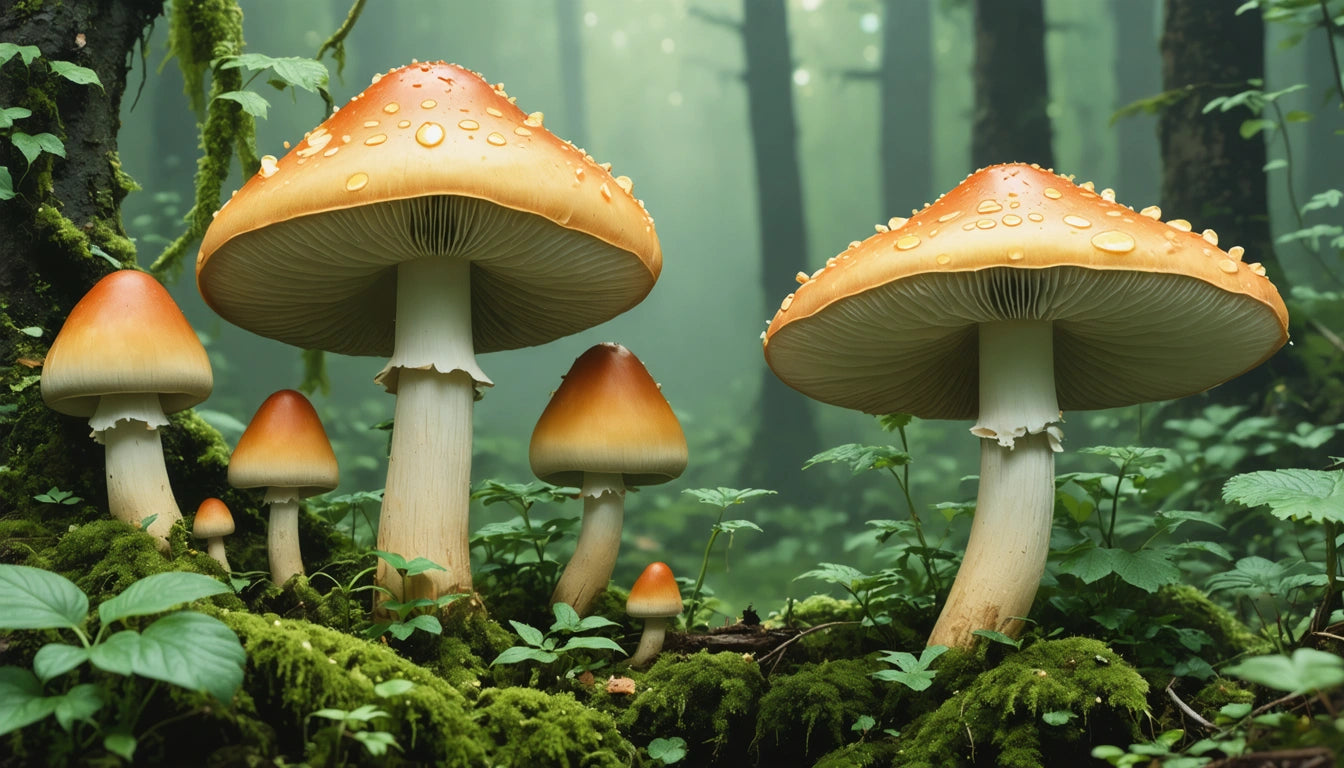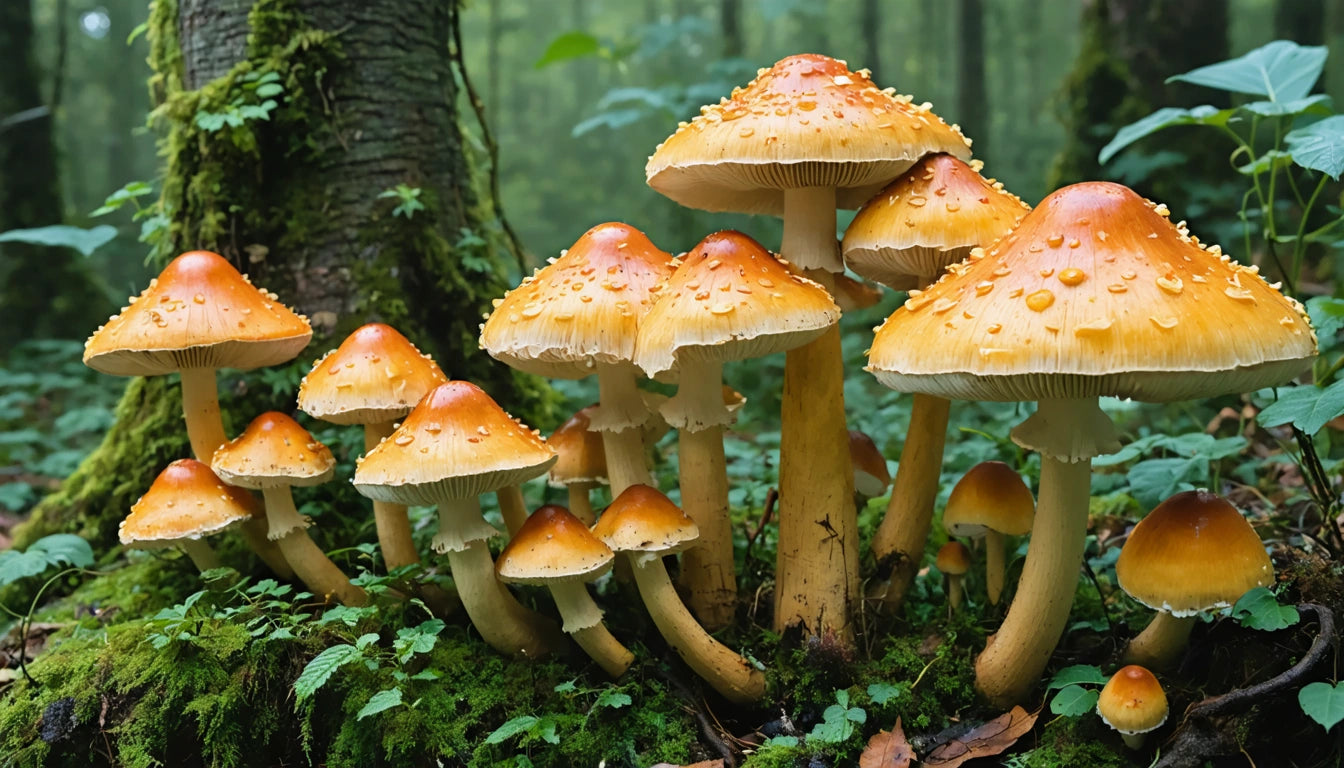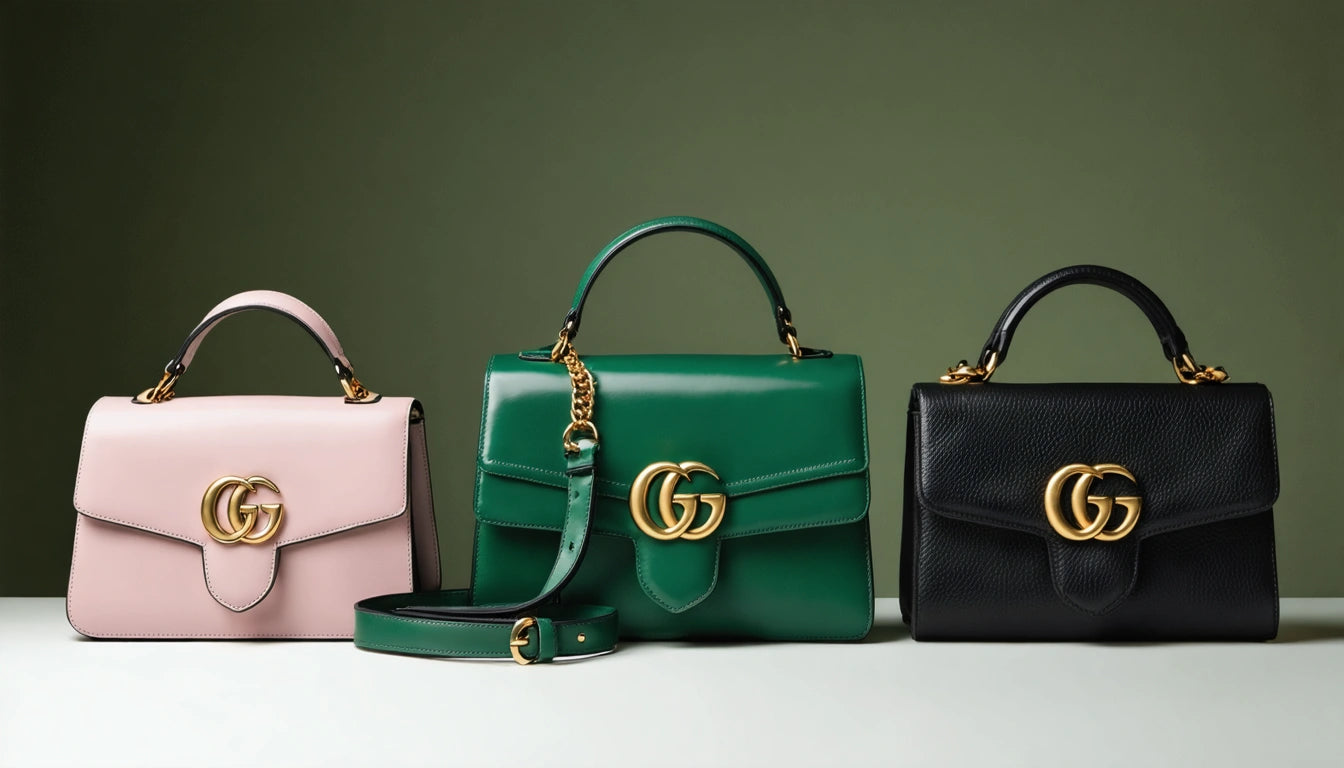- Understanding Mushroom Spores: What They Are and Why They Matter
- Legal Considerations When Obtaining Mushroom Spores
- Finding Quality Spores: Key Sources and Vendors
- Evaluating Spore Quality: What to Look For
- Storage and Handling Best Practices for Mushroom Spores
- Research Applications and Future Directions in Mycology
How to Find and Obtain the Best Magic Mushroom Spores
Magic mushroom spores represent the beginning of the fungal life cycle and are increasingly sought after by mycology enthusiasts, researchers, and collectors. Finding reliable sources for high-quality spores requires understanding what constitutes quality and navigating the complex legal landscape surrounding these microscopic reproductive units.
Understanding Mushroom Spores: What They Are and Why They Matter
Mushroom spores are microscopic reproductive cells that function similarly to seeds in plants. They contain the genetic material necessary to grow new mushrooms under the right conditions. For those interested in mycology, obtaining viable, contamination-free spores is the crucial first step in any research or cultivation project.
Magic mushroom spores specifically refer to spores from fungi containing psilocybin, such as Psilocybe cubensis varieties. These spores themselves do not contain psilocybin, which is only produced later in the mushroom's life cycle. This distinction is important both scientifically and legally.
Legal Considerations When Obtaining Mushroom Spores
The legal status of magic mushroom spores varies significantly by location. In many jurisdictions, the spores themselves are legal to possess because they don't contain psilocybin, while the grown mushrooms are controlled substances. However, this creates a complex legal gray area.
Before attempting to obtain psychedelic mushroom spores, thoroughly research your local laws. Some states and countries explicitly prohibit spore possession with the intent to cultivate. Always prioritize legal compliance in your mycological pursuits.
Legal Status by Region
- United States: Legal in most states, except California, Idaho, and Georgia
- Canada: Legal for microscopy purposes
- Europe: Varies by country, with some allowing possession for research
- Australia: Generally prohibited
Finding Quality Spores: Key Sources and Vendors
Finding reputable sources for mushroom spores requires careful research. Quality vendors typically focus on microscopy use and research applications rather than cultivation. When looking for the best mushroom spores, consider these common sources:
Specialized Vendors
Dedicated spore vendors with established reputations often provide the most reliable products. Look for vendors who:
- Offer detailed strain information
- Provide microscopy-focused descriptions
- Have positive customer reviews
- Maintain sterile laboratory conditions
Spore Trading Communities
Online communities dedicated to mycology often have spore trading or sharing programs. These can be valuable resources for rare varieties and for connecting with experienced microscopists.
When packaging spores for research or transport, proper containment is essential. Many researchers utilize specialized mylar storage bags to maintain sample integrity and prevent contamination during handling and storage.
Evaluating Spore Quality: What to Look For
Not all spores are created equal. When seeking high-quality magic mushroom spores, several factors determine their viability and usefulness for research:
Visual Assessment
Under a microscope, healthy spores should appear:
- Uniform in size and shape
- Free from visible contaminants
- Dark purple-brown in color (for most Psilocybe species)
- Well-distributed without excessive clumping
Vendor Reputation
Research vendor reviews and history before purchasing. Established vendors with transparent practices typically provide more reliable products. Many serious researchers develop relationships with trusted suppliers to ensure consistent quality.
Storage and Handling Best Practices for Mushroom Spores
Proper storage significantly impacts spore viability. To maintain the quality of your spores:
- Store spore syringes or prints in a refrigerator (36-46 °F / 2-8 °C)
- Keep away from direct sunlight
- Maintain in the original sealed container
- Label clearly with strain and date
- Use sterile techniques when handling
Spore prints can remain viable for years when stored properly, while spore syringes typically have a shorter shelf life of several months to a year. Understanding how to get magic mushroom spores is only the beginning; proper handling ensures their research value is maintained.
Research Applications and Future Directions in Mycology
The scientific interest in mushroom spores extends beyond amateur microscopy. Research institutions are increasingly studying psilocybin mushrooms for their potential therapeutic applications, while mycologists continue to discover and classify new varieties.
For those interested in contributing to this growing field, starting with quality spores for microscopy research provides a foundation for understanding fungal genetics, taxonomy, and morphology. As regulations evolve and research expands, the importance of proper sourcing, identification, and documentation of mushroom spores will only increase.
Whether you're a mycology enthusiast, researcher, or simply curious about fungal reproduction, understanding how to get mushroom spores from reputable sources is the gateway to this fascinating field. Always prioritize education, safety, and legal compliance in your mycological pursuits.











Leave a comment
All comments are moderated before being published.
This site is protected by hCaptcha and the hCaptcha Privacy Policy and Terms of Service apply.